Trends
For data-driven stories, to appear under “Trends” menu
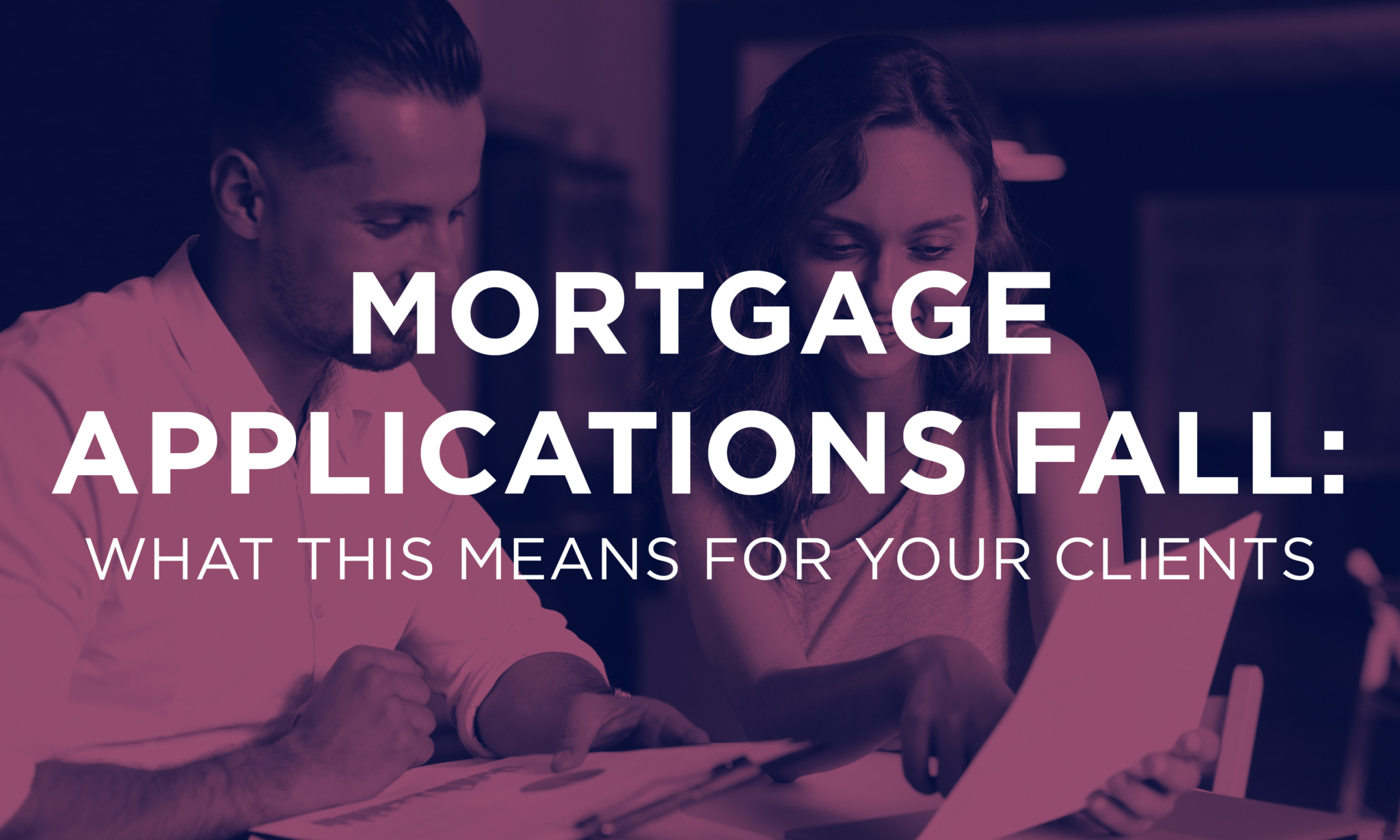
The average contract interest rate for 30-year fixed-rate mortgages backed by the Federal Housing Administration increased to 3.93% from 3.86%, the Mortgage Bankers Association said.

Across the country, 10% of ZIP codes with the largest share of children had an average home value growth of 21.3% from October 2020 to October 2021.
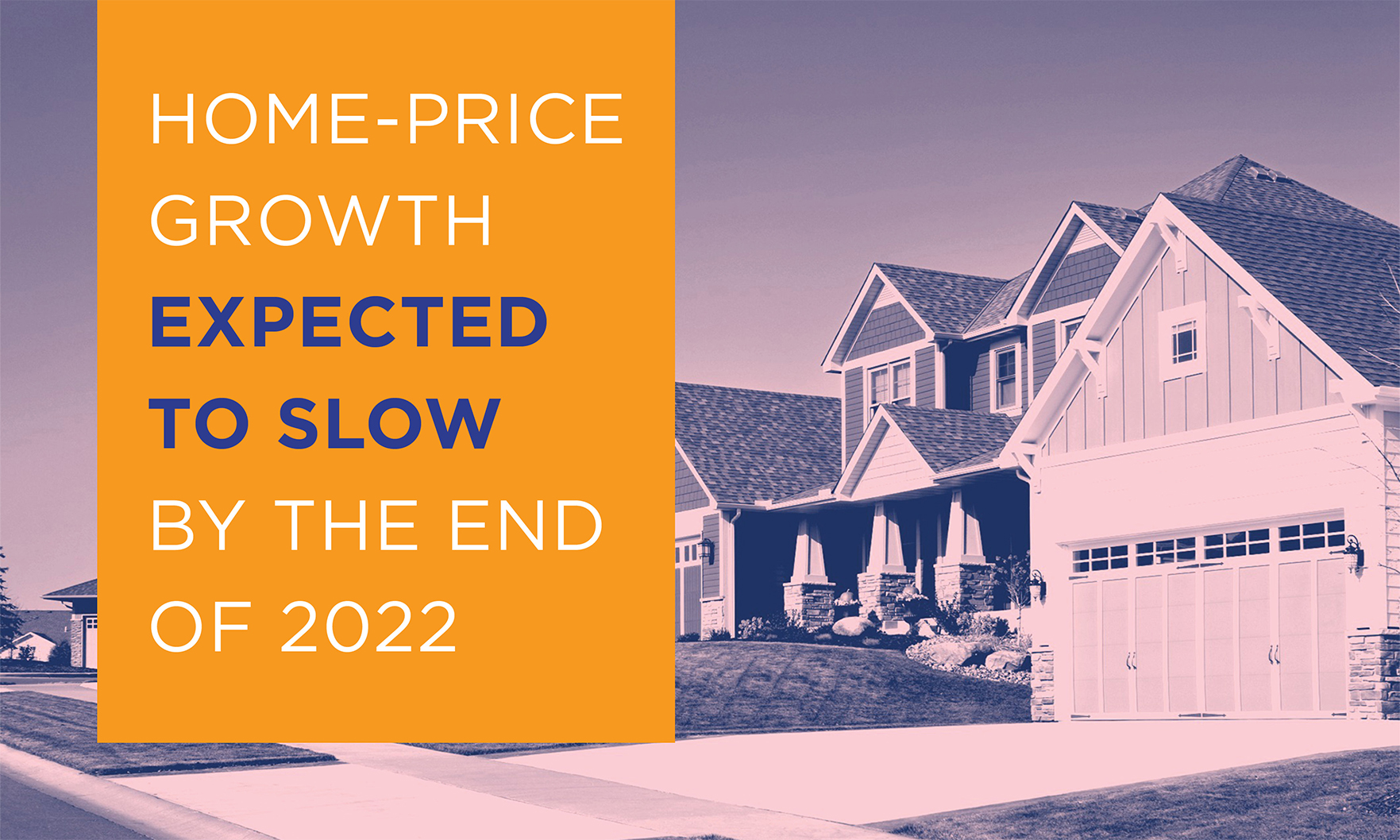
Home-price growth could slow by the end of 2022, despite the housing market breaking records in January.
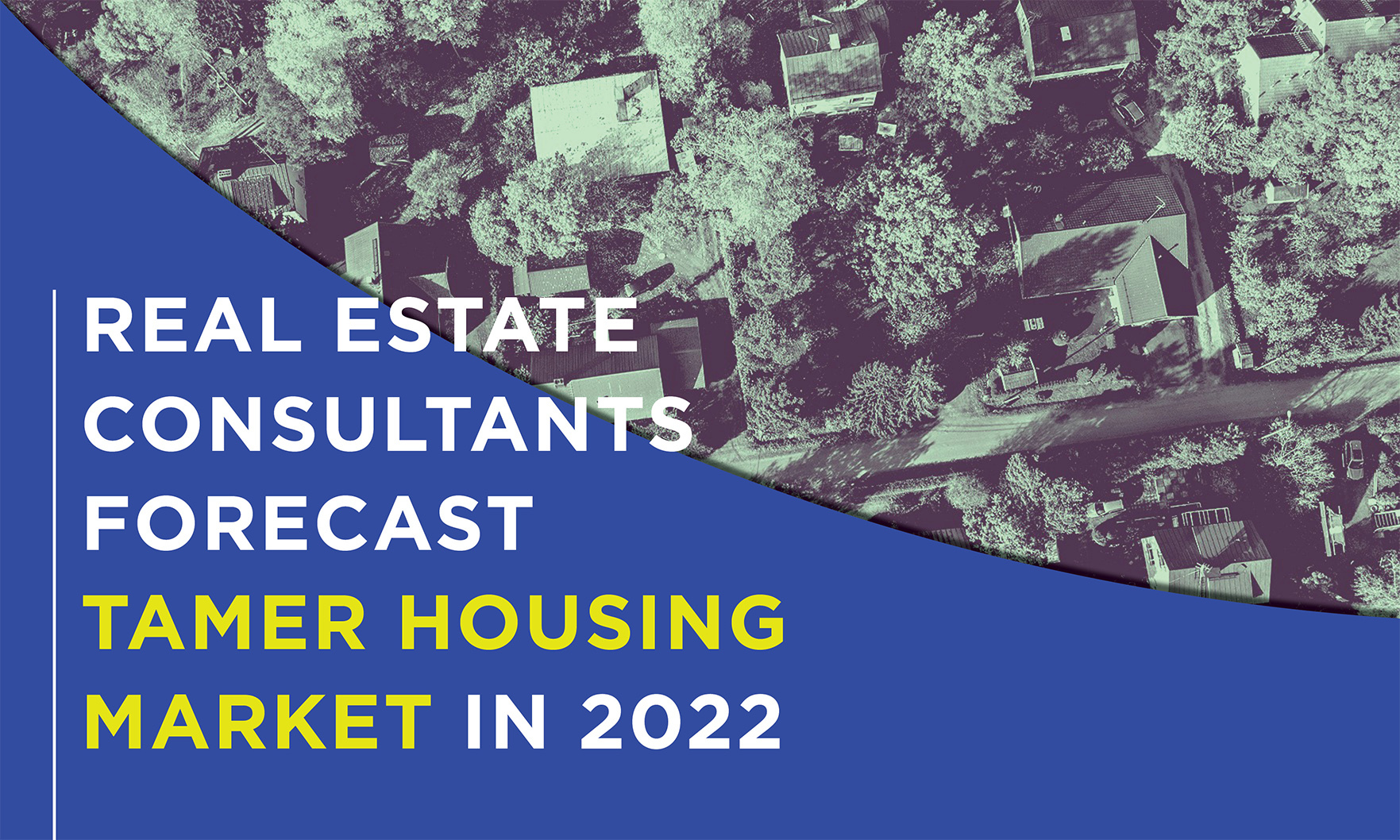
Home-price growth is expected to average about 5% this year, far below the record-breaking pace set in 2021, RCLCO reported.
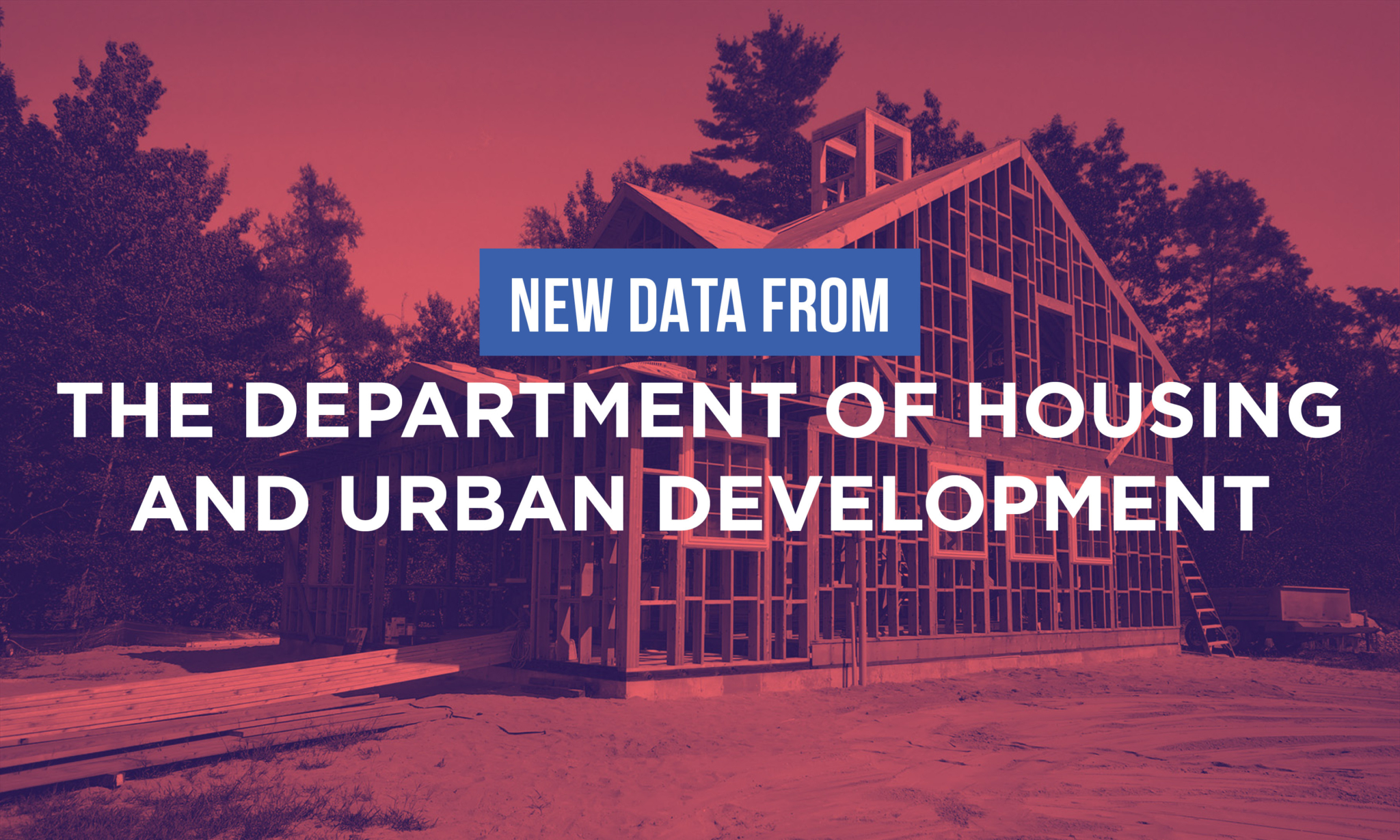
Builders started to make headway against supply-chain issues that have hampered construction of homes in the face of high demand.
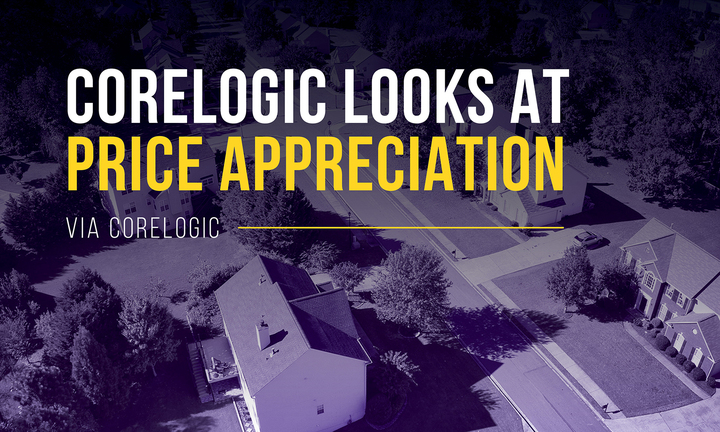
New homes and existing homes are appreciating at similar rates, according to a new report from CoreLogic.
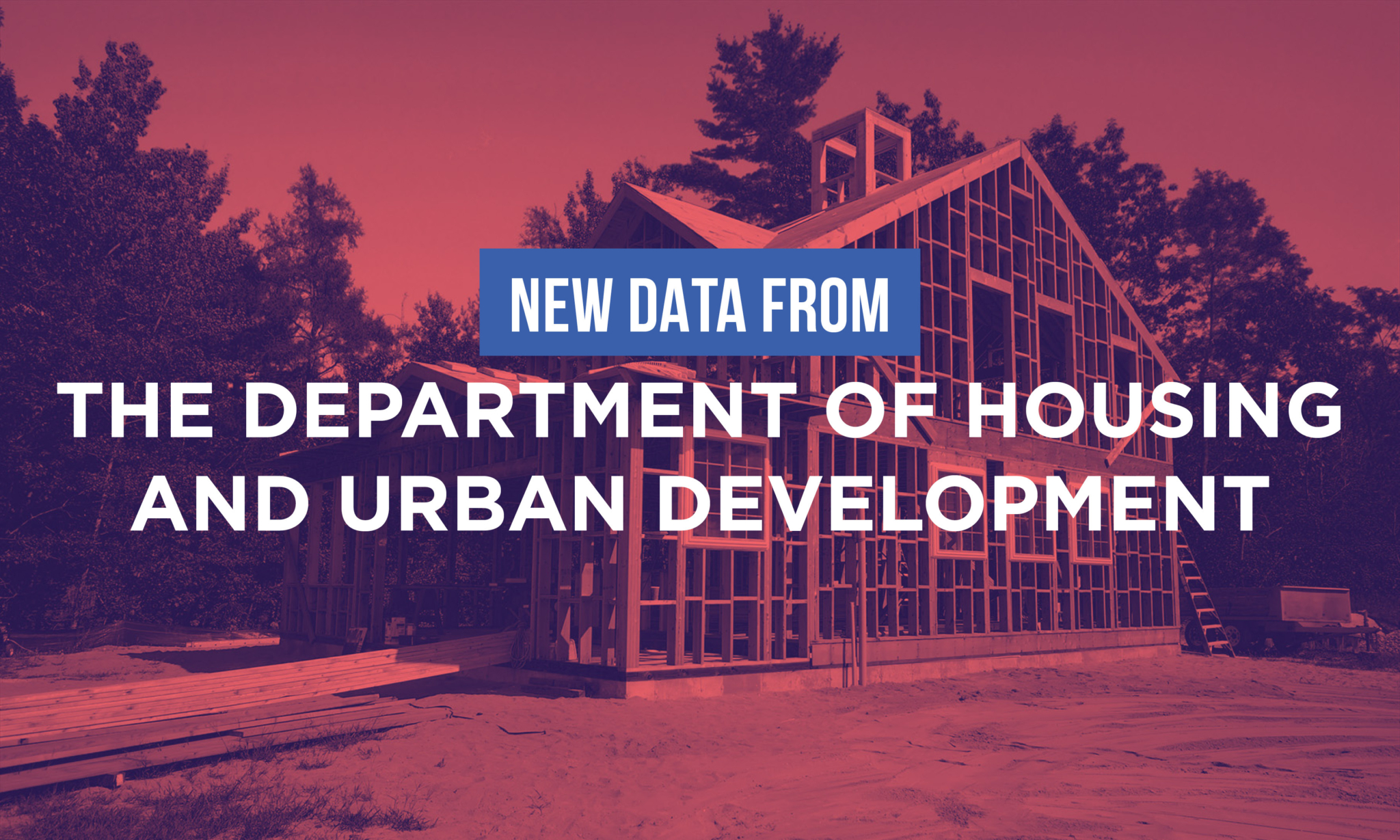
While multifamily starts surged 13.7% compared to November, the pace of new single-family housing construction slid 2.3%, according to the U.S. Census Bureau and the U.S. Department of Housing and Urban Development.
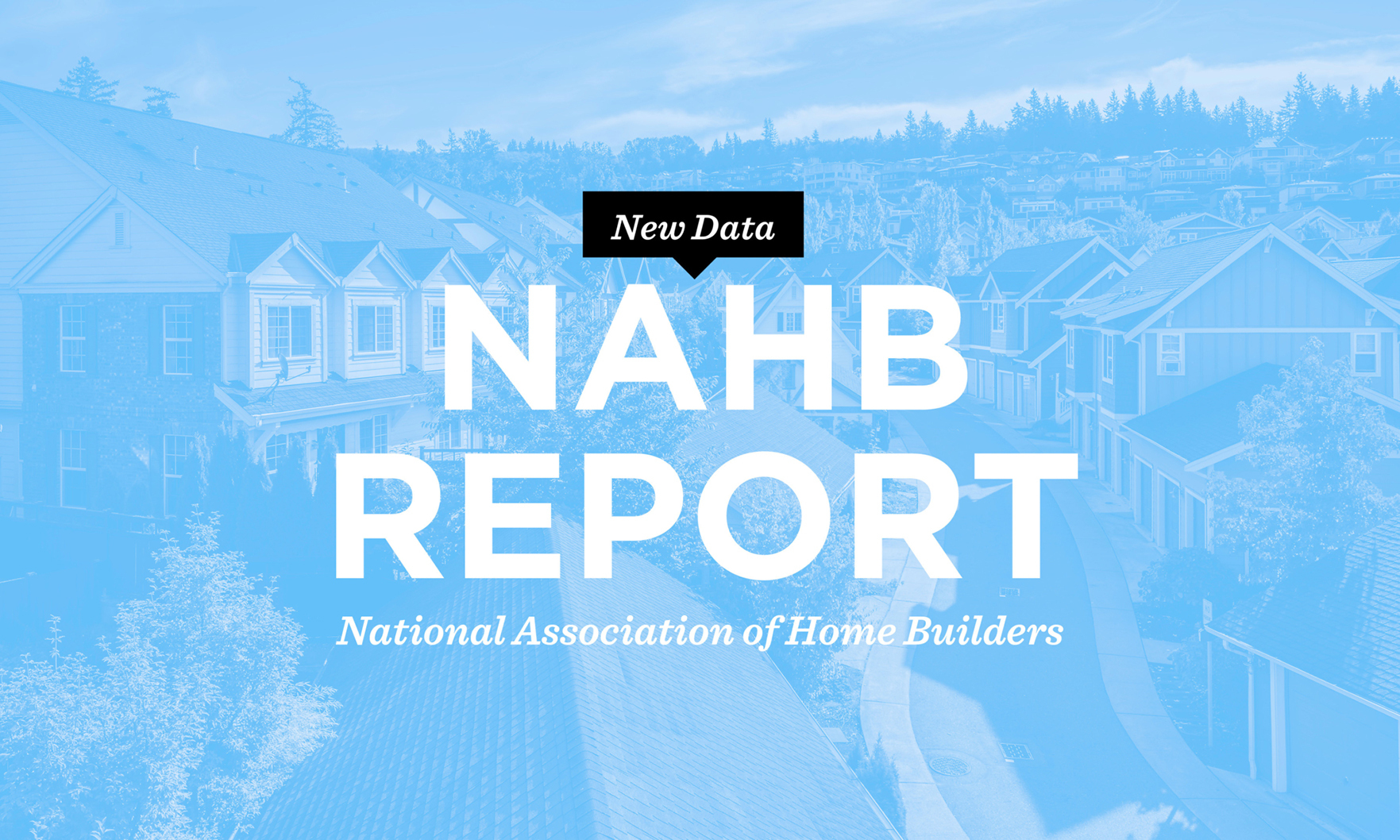
“While lean existing home inventory and solid buyer demand are supporting the need for new construction, the combination of ongoing increases for building materials, worsening skilled labor shortages and higher mortgage rates point to declines for housing affordability in 2022.” — NAHB Chairman Chuck Fowke
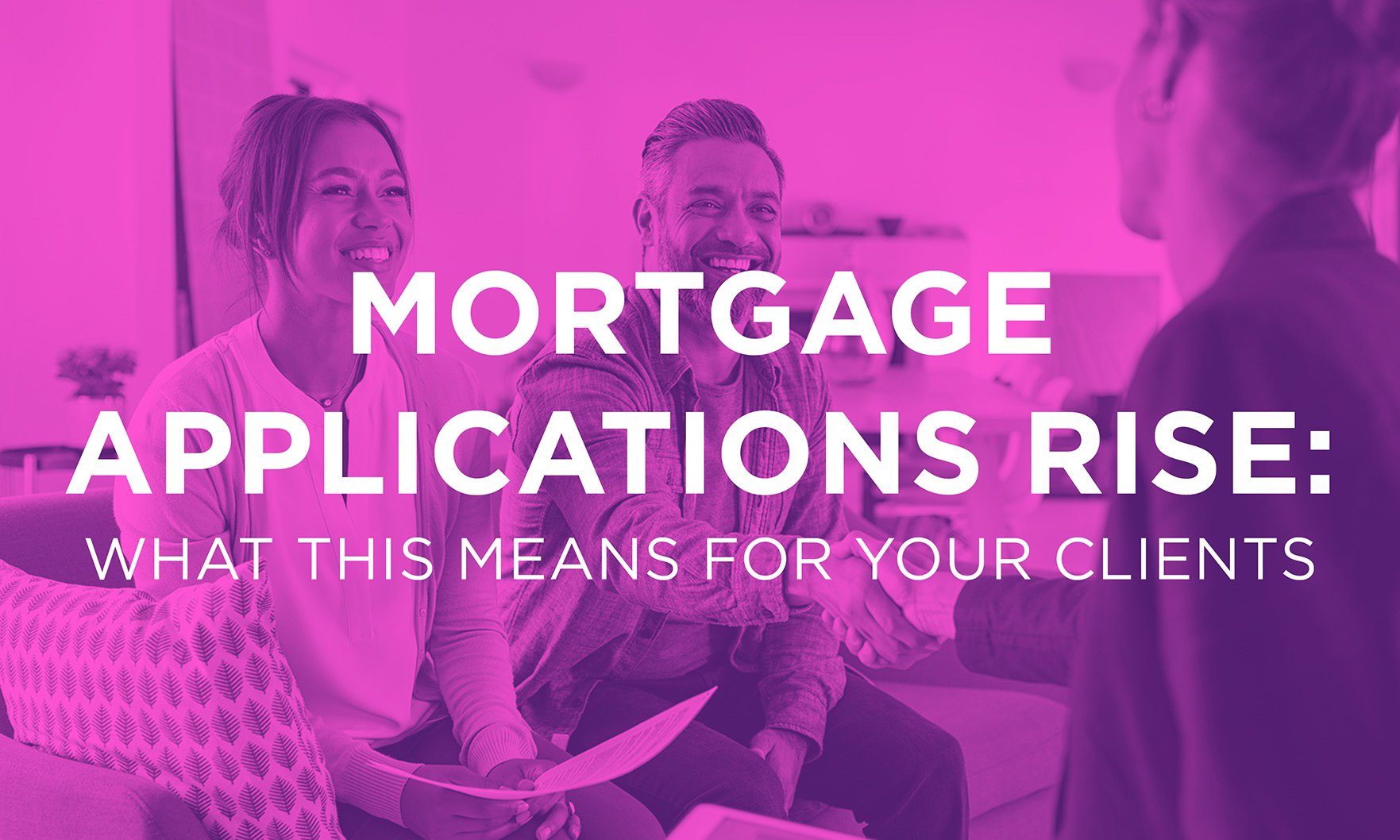
“MBA expects solid growth in purchase activity this year, as demographic drivers and the strong economy support housing demand,. However, the strength in growth will be dependent on housing inventory growing more rapidly to meet demand.” — Mortgage Bankers Association associate vice president of economic and industry forecasting Joel Kan

At the same time, the average 30-year fixed-rate mortgage rose to 3.33%, its highest level since April 2021, the Mortgage Bankers Association said.

Inflation concerns are influencing plans for homebuyers and sellers, according to a recent Redfin survey.
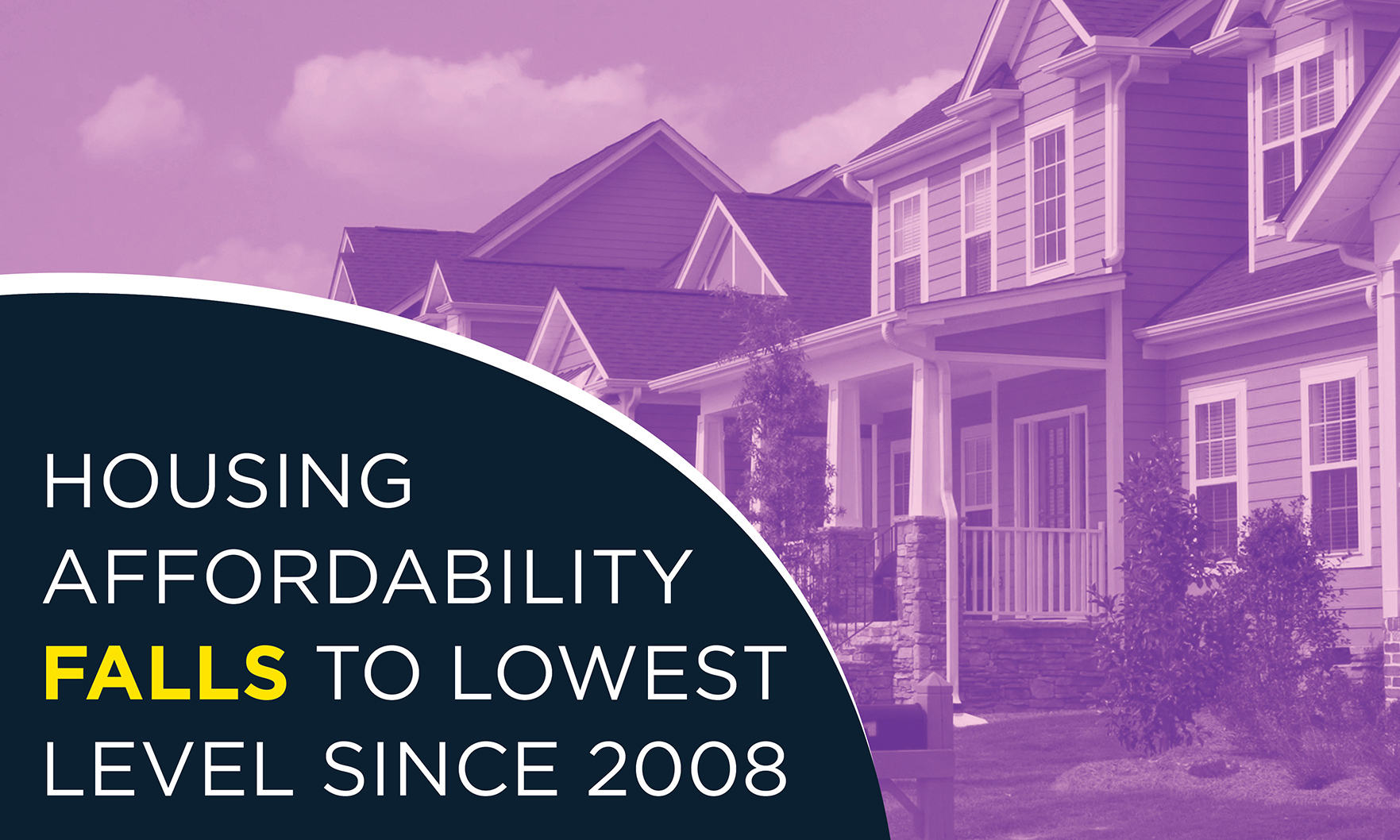
Housing affordability fell to its lowest level since 2008 in October as home prices rose 19.6%.
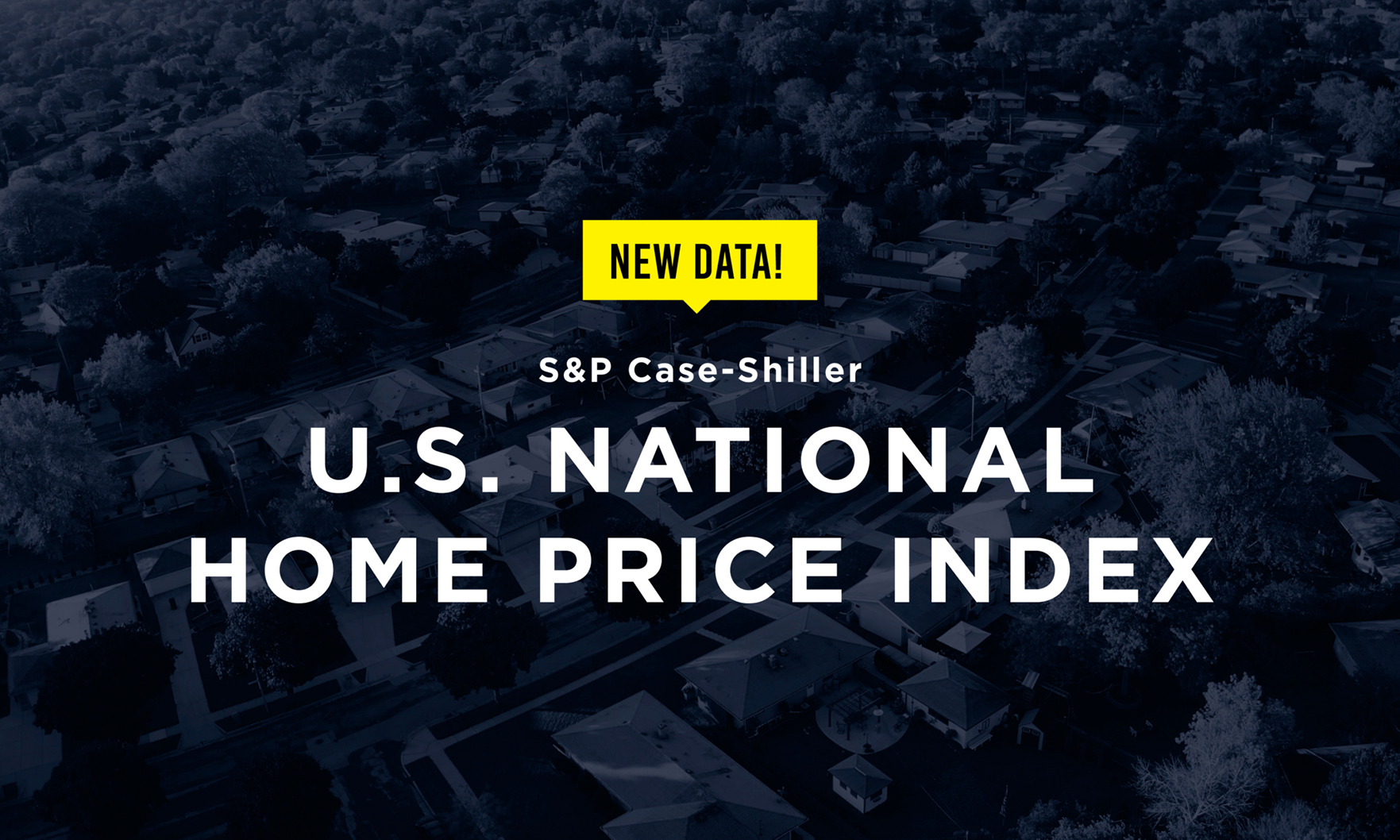
Nationally, housing prices were also on the rise, according to the S&P CoreLogic Case-Shiller U.S. National Home Price NSA Index.
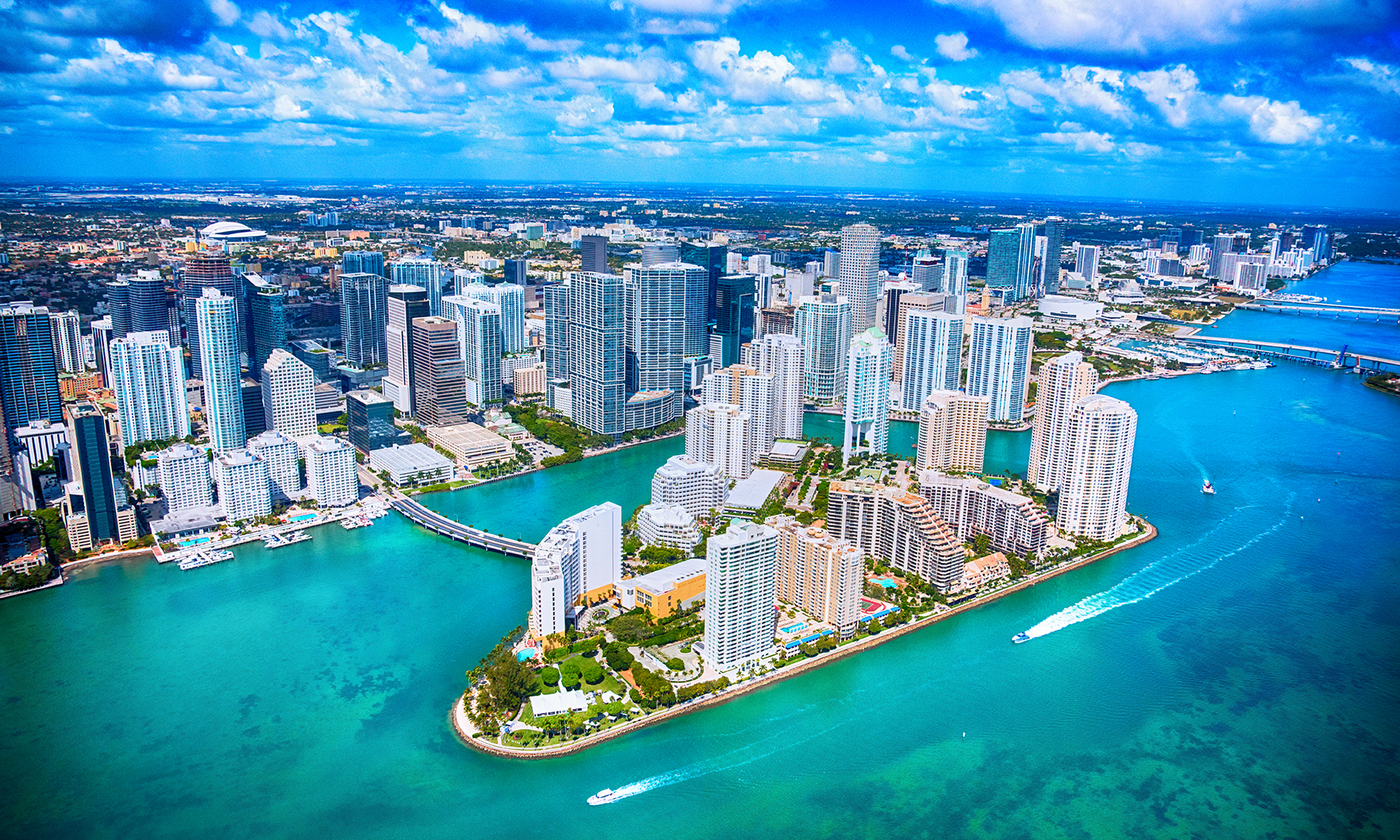
Florida ranked No. 2 in the country for most residents gained between July 2020 and July 2021, according to recent U.S. Census Bureau data.

“There was less pending home sales action this time around, which I would ascribe to low housing supply, but also to buyers being hesitant about home prices,” National Association of REALTORS® chief economist Lawrence Yun said.

Since the initial stay-at-home orders were sparked by COVID-19, home improvement and remodeling projects have become increasingly popular. On average, homeowners spend $2,995 per project, according to a report.
